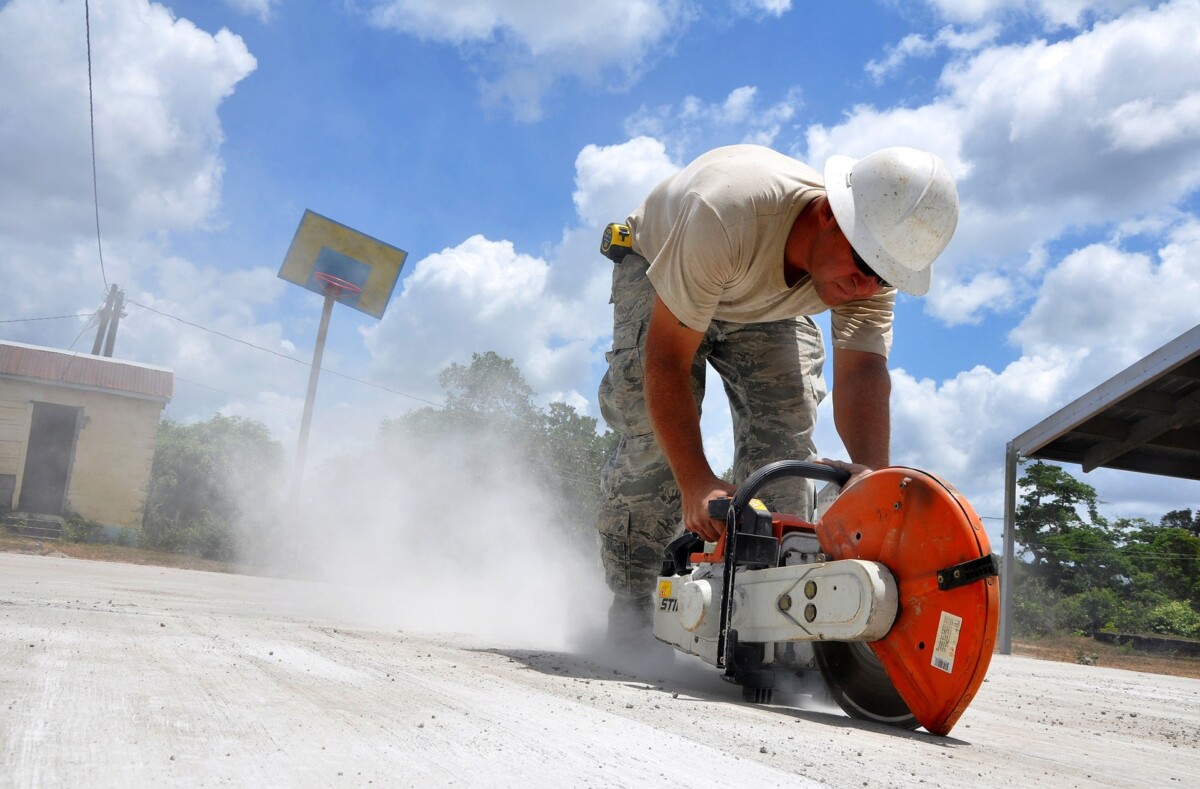OSHA has issued new standards to protect workers from exposure to respirable crystalline silica. This regulation applies to the following industries:
- Construction
- General Industry (all industries not included in agriculture, construction, or maritime*)
- Maritime
- Hydraulic fracturing operations in Oil and Gas
If your employees work in these industries and are exposed to crystalline silica, here’s what you need to know to ensure compliance before the June 23, 2018 general industry and maritime deadline.
Silica Rule Rundown: Why is OSHA issuing new standards?
OSHA created these standards to better protect workers who are exposed to crystalline silica. The existing permissible exposure limit (PEL) for crystalline silica no longer protects workers adequately as it is:
- Based on 1960s research and does not reflect recent scientific evidence that has led international regulatory agencies to define respirable crystalline silica as a human carcinogen
- Twice as high for construction and shipyard workers as they are for general industry workers, which creates inconsistencies between sectors
- Hard for employers to understand, and based on a method for measuring worker exposures that has not been commonly used for many decades
As a result, OSHA is updating the regulations to reflect today’s realities.
Construction Compliance Requirements
The new rule requires construction organizations to augment their existing business operations with controls to better protect their employees against crystalline silica exposure. Companies must:
- Protect workers from exposure by creating a written exposure control plan and designating someone to implement the plan
- Restrict housekeeping practices that expose workers to silica if alternative options are available
- Provide medical exams (chest x-rays, lung function tests, etc) every three years for workers who wear a respirator for 30+ days per year
- Document exposure measurements, objective data, and medical exams
- Train exposed employees on how to limit silica exposure
General Industry & Maritime Compliance Requirements
The new rule requires organizations to augment their existing business operations with controls to better protect their employees against crystalline silica exposure. Companies must:
- Protect workers from exposure by creating and implementing a written exposure control plan
- Assess workers if their exposure is at or above an action level of 25 µg/m3 (micrograms of silica per cubic meter of air), averaged over an 8-hour day
- Protect exposed workers above the permissible exposure limit (PEL) of 50 µg/m3, averaged over an 8-hour day
- Limit workers’ access to areas with potential exposure above the PEL
- Use dust controls to protect workers from exposure above the PEL, and provide respirators when dust controls cannot limit exposures to the PEL
- Use housekeeping methods that do not create airborne dust (if feasible)
- Provide medical exams (chest x-rays, lung function tests, etc.) every 3 years for workers who wear a respirator for 30+ days per year
- Document exposure measurements, objective data, and medical exams
- Train exposed employees on how to limit silica exposure
Crystalline Silica Standard: What’s the Impact?
This regulation is predicted to impact the following:
- Affects roughly two million construction workers and 300,000 workers in general industry operations, across brick manufacturing, foundries, and hydraulic fracturing
- Prevent thousands of deaths from silicosis, lung cancer, other respiratory diseases, and kidney disease
- OSHA estimates that changes can save approximately 700 lives and prevent 1,600 new cases of silicosis on an annual basis
- Provide an estimated average net benefit of $2.8B to $4.7B annually to businesses over the next 60 years
- Costs about $1,242 annually for the average workplace covered by the rule
Countdown to Crystalline Silica Compliance
The rule first went into effect on June 23, 2016, after which all industries have one to five years to comply.
Construction organizations had to comply with the standard’s requirements by September 23, 2017 (except requirements for exposure samples’ lab evaluation, which will begin June 23, 2018).
General Industry & Maritime organizations must comply with the standard’s requirements by June 23, 2018, with several exceptions listed below. Until this date, these employers must limit employee exposure to respirable crystalline silica to the previous PELs:
- General Industry (29 CFR 1910)
- 1910.1000, Air contaminants (Table Z-3, Mineral dusts)
- Maritime (29 CFR 1915)
- 1915.1000, Air contaminants
Medical surveillance must be offered to employees who will be exposed above the PEL for 30 or more days a year starting on June 23, 2018, and to employees who will be exposed at or above the action level for 30 or more days a year starting on June 23, 2020.
The oil and gas industry’s hydraulic fracturing operations must implement engineering controls to limit exposures to the new PEL by June 23, 2021.
Next Steps
It’s critical to comply with OSHA guidelines to keep your employees safe and ensure compliance. Check out the 90-second video below to see how Cority’s Industrial Hygiene solution can help:
*As defined by OSHA












